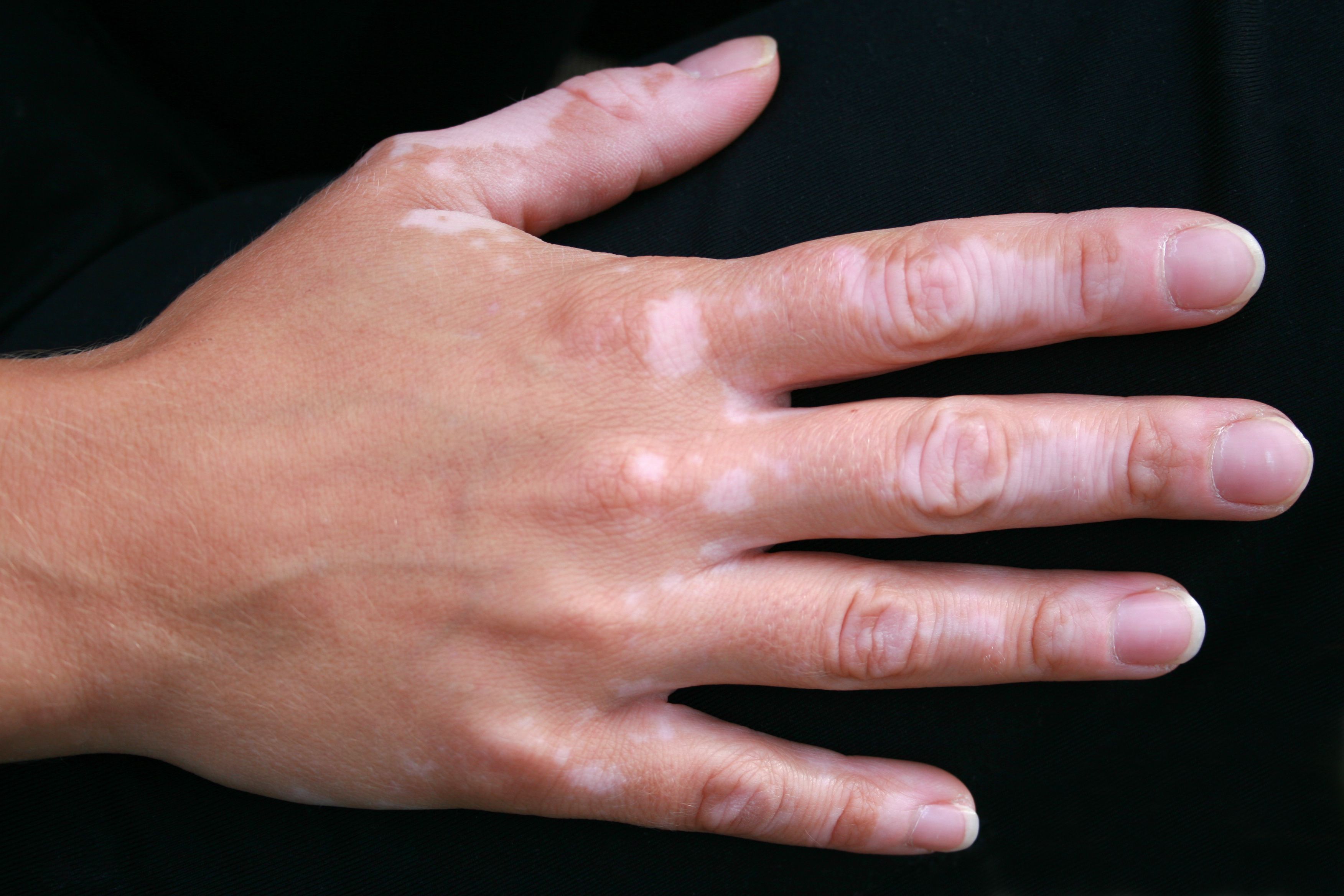- Acne
- Actinic Keratosis
- Aesthetics
- Alopecia
- Atopic Dermatitis
- Buy-and-Bill
- COVID-19
- Case-Based Roundtable
- Chronic Hand Eczema
- Chronic Spontaneous Urticaria
- Drug Watch
- Eczema
- General Dermatology
- Hidradenitis Suppurativa
- Melasma
- NP and PA
- Pediatric Dermatology
- Pigmentary Disorders
- Practice Management
- Precision Medicine and Biologics
- Prurigo Nodularis
- Psoriasis
- Psoriatic Arthritis
- Rare Disease
- Rosacea
- Skin Cancer
- Vitiligo
- Wound Care
News
Article
Reliable Correlation Explored Between RCM and Wood’s Lamp Assessment in Vitiligo, Study Details
Author(s):
Researchers analyzed the characteristics of Wood's lamp and reflective confocal laser scanning microcopy in guiding vitiligo staging.
A recent study published in the Journal of Cosmetic Dermatology demonstrated a reliable correlation between reflective confocal laser scanning microcopy (RCM) and Wood's lamp examination in the assessment of vitiligo lesions and staging.
Study authors Hou et al sought to assess the characteristics of both modalities of vitiligo assessment in order to explore their role and significance in the staging of vitiligo.
They noted that while both modalities have historically been crucial in the diagnosis and treatment of vitiligo, there is limited research comparing the two in a way that contains both large sample sizes and consistent observations.
Researchers examined data from a study cohort of 215 patients with vitiligo who had visited a single outpatient clinic from October 2021 to June 2022. All patients were between the ages of 3 months to 65 years with an average vitiligo disease activity (VIDA) score of 2.85 among the entire cohort. The majority of patients (n=155) had a VIDA score between 1 and 4.
In addition to the requirement of a vitiligo diagnosis, prospective participants were also required to have a vitiligo lesion diameter of greater than 1.5 cm.
Researchers then conducted assessments with a Wood's lamp and RCM imaging. With each method, researchers selected 3 detection points for each lesion, including one within the lesion, one on the border of the lesion, and one lesion on the bordering, lesion-free skin.
Lesions were then classified as being progressive or stable in nature, as determined by VIDA score, physical appearance of the lesion, and presence or lack of presence of isomorphic reaction.
When comparing assessment of the naked eye, RCM, and Wood's lamp assessments, no significant differences were reported in the ability of each to determine stable versus progressive stages of vitiligo. While RCM appeared more sensitive than the Wood's lamp examination regarding disease staging, these differences were not analyzed statistically.
"The expert consensus based on the clinical features, VIDA score, Wood's lamp findings, and isomorphic response was consistent with the Wood's lamp findings and RCM findings in diagnosing vitiligo and assessing the disease stage. There was a correlation between the three lesion grades based on the Wood's lamp findings and the stage of vitiligo," study authors wrote. "The study demonstrates a reliable correlation between the findings of RCM (a sophisticated expensive tool) and Wood's lamp examination (a simple, readily available, inexpensive tool) in the assessment of the disease activity of vitiligo lesions."
Reference
Hou Y, Wei Z, Jiang Q, Chen H, Chen L, Wu J. In‐depth study of Wood’s lamp examination combined with reflective confocal laser scanning microscopy for the guidance of vitiligo staging and treatment. J Cosmet Dermatol. Published online December 29, 2023. doi:10.1111/jocd.16145
Newsletter
Like what you’re reading? Subscribe to Dermatology Times for weekly updates on therapies, innovations, and real-world practice tips.












